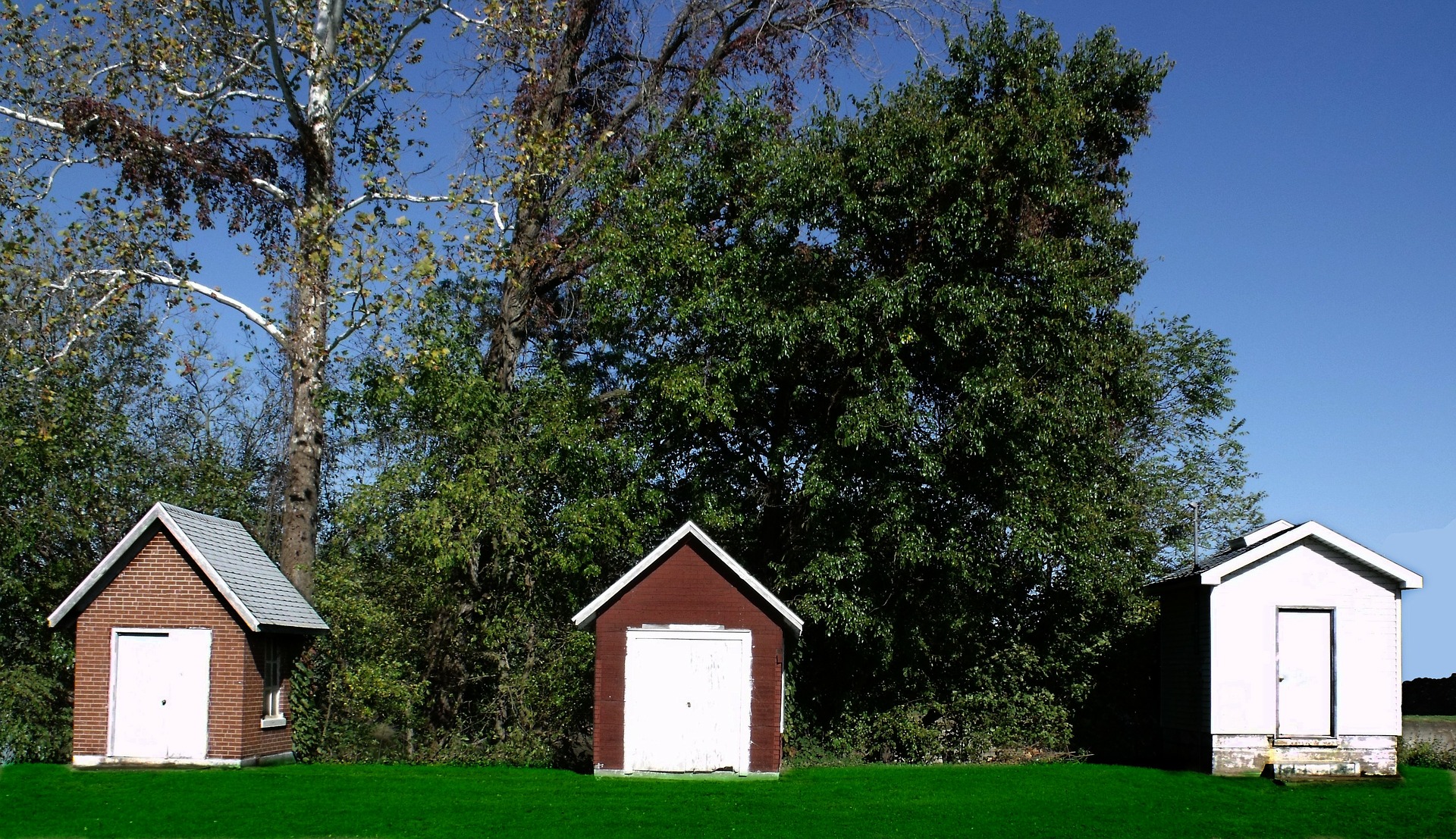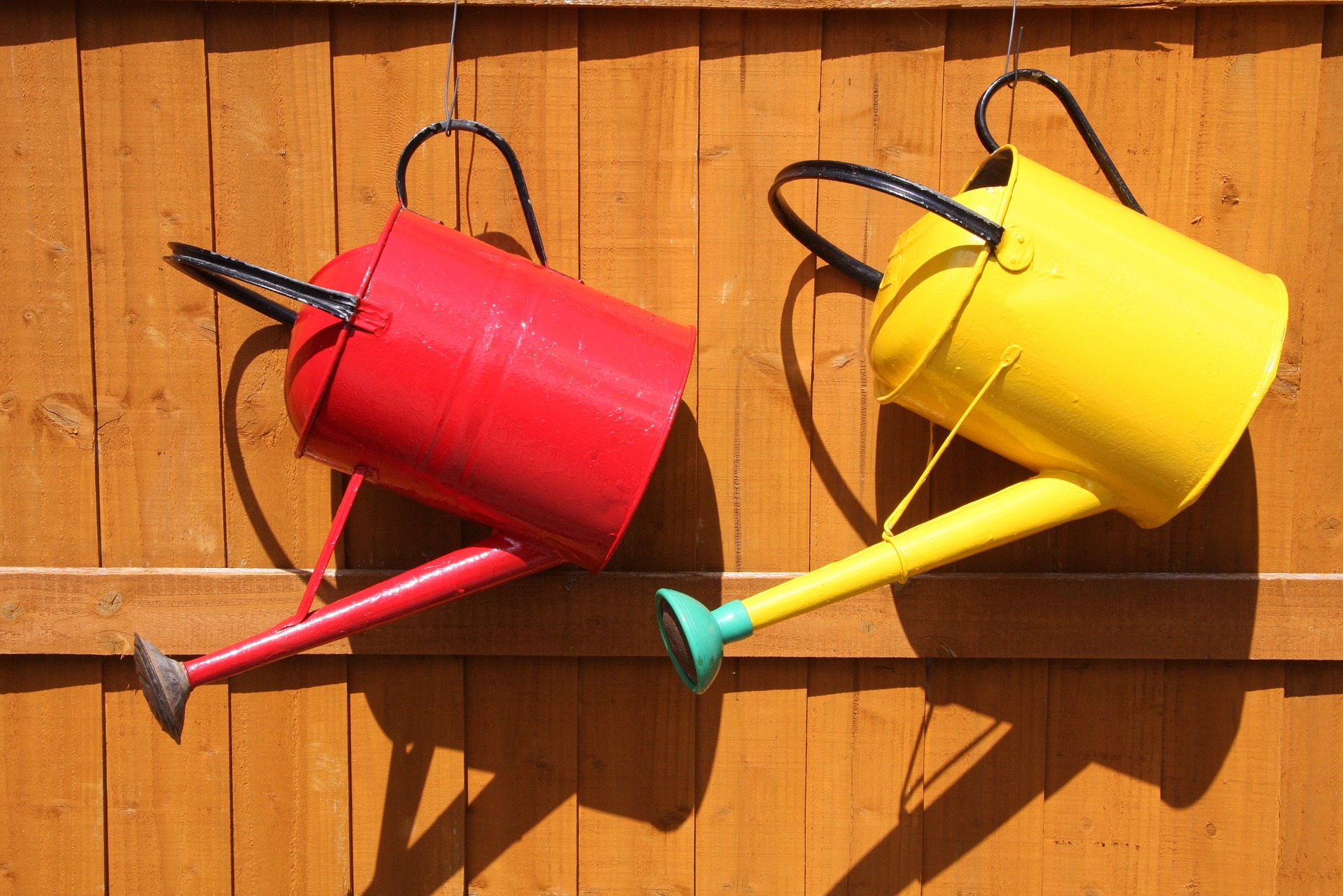It’s that time of year again when the heavens open up and right on cue, you find a leak in your felt shed roof. Water damage can be disastrous for your garden tools and if a leaky roof isn’t repaired, it could lead to costly replacements. If you’ve noticed a leak in your roofing felt, don’t put it off until it’s too late. Repairing your roofing felt is easier than you think, the hardest part is finding a dry afternoon to do it!
You’ll Need
- Tape measure
- Claw hammer
- Roofing felt
- Felt nails
- Wood nails
- Felt adhesive
- Step ladder
Step 1: Remove the Damaged Shed Felt
The first step is to get rid of your old or worn felt. To do this, use your claw hammer to remove the existing nails that are fixing the shed felt in place. Then simply lift the felt off and remove any remaining nails or debris that’s lingering on the shed roofing so you have a clean canvas to work with.
Step 2: Cut the Replacement Shed Roofing Felt to Size
For a shed roof that’ll go the distance, the trick is to cut three pieces of felt: one for each side of your shed roof and one to run over the top of the shed and overlap the side panels.
Dig out your measuring tape and measure each side of your shed roof. You can use these dimensions for the top section of felt too. Add approximately 5cm onto your measurements for leeway in case there are any overlapping sections at the eaves, you can trim this off later using a craft knife if it isn’t needed.
Step 3: Add the Replacement Felt
Now it’s time to add the replacement shed felt. Apply it to the roof, making sure you pull it tight before you nail it in place so it lies flat. Hammer in the felt nails 15cm apart along the length of the roof, placing the nails just below the apex. The bottom edge of the felt can be nailed down at wider intervals; spacing you nails approximately 30cm apart will make sure your felt is secure.
When the side panels are secure, add the top section of roofing felt and fix it in place by nailing the side edges 5cm apart to the shed and using a felt adhesive to secure the bottom edge to the side panels.
There you have it, a replacement felt shed roof in just 3 easy steps. If you’re replacing the roofing felt on your shed, you can find a fantastic range of shed roofing supplies at great discounts online at eDecks.






